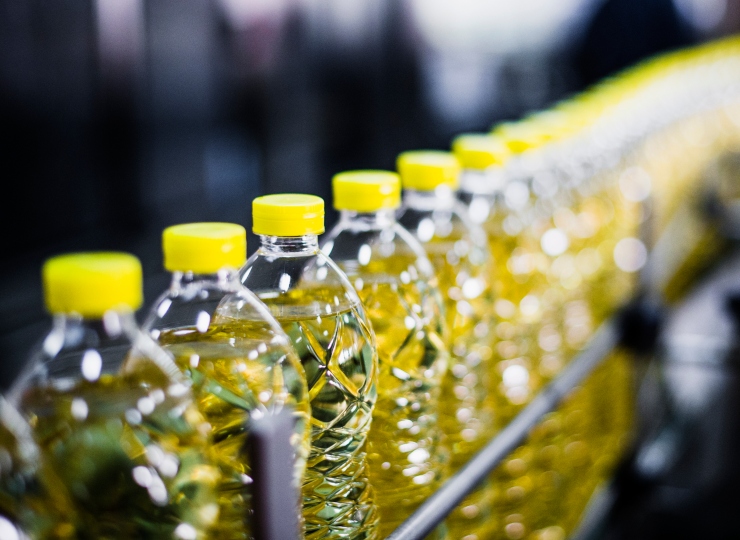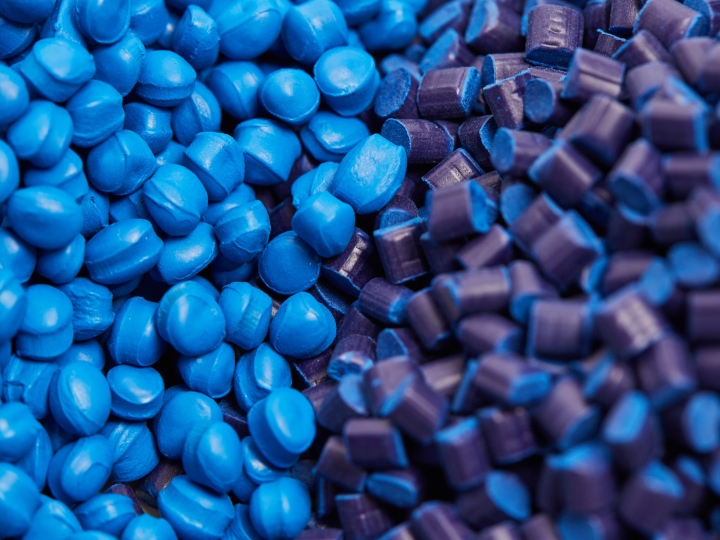Bisphenol-A in food packaging according to food contact regulations in Europe such as Regulation (EU) 10/2011 or the ban on BPA as per Regulation (EU) 2024/3190
Bisphenol A (BPA) in food packaging is primarily used as a monomer or as a starting material for among other manufacturing plastic materials and articles or epoxy resins used in (plastic) food containers. . It is commonly found in polycarbonate articles such as reusable beverage bottles, water dispensers and food storage containers. BPA can also be present in internal coating systems for food cans or processing vessels/pipes, as well as within healthcare equipment. Additionally, BPA can be found in inks and adhesives and in recycled paper and board as an impurity. The European Safety Authority (EFSA) has been reviewing BPA and its effect on human health since 2006. Recently, EFSA experts identified BPA to be a health concern for consumers across all age groups due to its “potentially harmful health effects on the immune system.”
BPA Regulations for Food Contact
BPA in plastic food packaging can potentially migrate from the food contact material into the food they are meant to protect. Therefore, understanding the potential risk to human health is critical. BPA has already been prohibited from being used for the manufacture of polycarbonate infant feeding bottles as regulated by (EU) 321/2011. In April 2023 the European Safety Authority (EFSA) scientific experts reported a re-evaluation of the health risks posed by BPA. The study reviewed over 800 new scientific studies published since January 2013 and established a new (lowered) tolerable daily intake (TDI) of 0.2 nanograms per kilogram (ng/kg) bodyweight, which is 20,000 times lower than the temporary TDI established in 2015, of 4 micrograms per kilogram (μg/kg or 4,000 ng/kg) bodyweight.
In December 2024, the European Commission published Commission Regulation (EU) 2024/3190 on the use of bisphenol A (BPA) and other bisphenols and bisphenol derivatives with harmonised classification for specific hazardous properties in certain materials and articles intended to come into contact with food, amending Regulation (EU) No 10/2011 and repealing Regulation (EU) 2018/213. There are some exceptions to this ban which are specified in Annex II of the Regulation. These are subject to other restrictions including, but not limited to, prohibition of the presence of residual (free) BPA in the final article.
Reporting and approval
Should a company wish to utilise hazardous bisphenols (other than BPA) or their derivatives in making FCM products, it must apply for approval under Article 9 of Regulation (EC) 1935/2004.
A written declaration of compliance (DoC) must accompany the FCM at all marketing stages, other than the retail stage, for FCM and articles which are not yet in contact with food. Annex III of Regulation (EU) 2024/3190 states the requirements of the DoC, one of which is a list of bisphenols or bisphenol derivatives intended to be used in the manufacture of the product.
Analytical support
There is no official test method that is currently available. A test method developed by the European Union Reference Laboratory (EURL) should be used once available. Until a recommended method is available, a test method must follow Article 34 of Regulation (EU) 2017/625 and should include an extraction from the material followed by an analysis via a method that has a detection limit of 1 µg/kg material.
Our scientists are continuously refining our analytical methodologies to be able to determine BPA at a level to demonstrate compliance with the evolving guidance. Our scientists provide testing programs including specific migration testing and the measurement of the residual content of BPA in all kinds of food contact materials to ensure our client’s materials and articles.
How we can help:
- Specific migration testing of BPA for certain exemptions of Regulation (EU) 2024/3190
- Detection of residual BPA in packaging materials for certain exemptions and limits of detection
- Support for finding alternatives for BPA: Migration testing and physical property taste testing of reformulated or novel materials
- Analysis of recycled materials for determination of BPA levels in materials
- Analytical support where decontamination processes for recycled materials have aimed to reduce or remove BPA
- Complete advisory support from concept to production, across the supply chain and lifecycle of the food contact article
- Regulatory support to help suppliers understand their responsibilities under Regulation (EU) 2024/3190 and how to show compliance with it
Support for alternatives to Bisphenol-A
As the safe use of Bisphenol A is currently under heavy scrutiny, and with such industry shifts occurring, Intertek scientists and regulatory experts work closely together with all stakeholders who are evaluating alternatives to bisphenol-A and reformulating their materials. To support this development activity we provide migration testing, determination of non-intentionally added substances, lab scale compounding and processing following by physical property testing.
Your food contact testing partner
With a network of laboratories located in Europe, North America and Asia our experts are equipped with a comprehensive range of analytical techniques for compliance testing, delivering clear and concise results. With Intertek's resources on hand you can trust that we will help you to meet your specific needs for food contact safety requirements.


